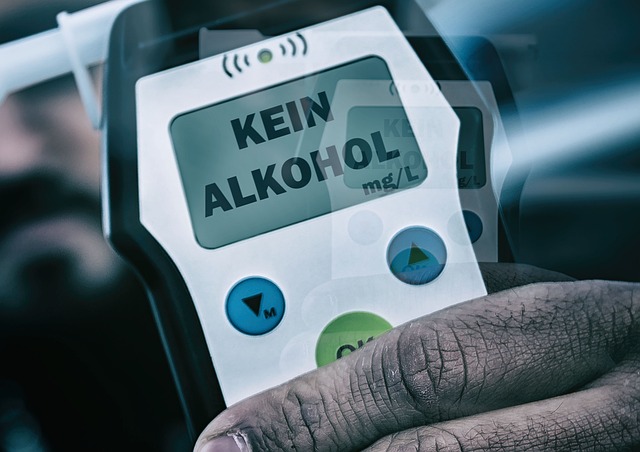Breath Alcohol Testing (BAL) is a critical tool for enforcing Vehicle Impoundment and DUI Laws, providing an objective measure of a driver's blood alcohol content (BAC). Authorized officers use approved devices to analyze breath samples, ensuring reliable test results that are essential for public safety and legal proceedings. Best practices include device calibration, sample handling, standardized protocols, and operator training to minimize human error, ultimately supporting unbiased decision-making in DUI cases and subsequent vehicle impoundment.
In the intricate web of vehicle impoundment and DUI (Driving Under the Influence) law, Balanced Alcohol Testing (BAL) plays a pivotal role. Accurate BAL results are non-negotiable, serving as critical evidence in legal proceedings. This article delves into the understanding of BAL testing, its significance, and the best practices ensuring unbiased decision-making. By exploring these aspects, we aim to highlight why precise BAL results matter, ultimately fostering fair and just outcomes in legal scenarios related to vehicle impoundment and DUI.
- Understanding BAL Testing: A Crucial Aspect of Vehicle Impoundment and DUI Law
- Ensuring Accuracy in BAL Results: Best Practices for Unbiased Decision-Making in Legal Proceedings
Understanding BAL Testing: A Crucial Aspect of Vehicle Impoundment and DUI Law

BAL testing, or Breath Alcohol Testing, is a critical component in the enforcement of vehicle impoundment and DUI (Driving Under the Influence) laws. It provides an objective measure of a driver’s blood alcohol content (BAC), ensuring fairness and accuracy in legal proceedings. This scientific process involves analyzing a breath sample to determine the concentration of ethanol, which can help authorities make informed decisions regarding potential DUI cases.
In many jurisdictions, BAL testing is mandated when law enforcement officers have reasonable grounds to believe a driver is under the influence of alcohol or other substances. Accurate results from these tests are essential to protect public safety and uphold the integrity of the legal system. By utilizing standardized procedures and approved devices, authorities can ensure that BAL test outcomes are reliable, supporting effective vehicle impoundment decisions and DUI law enforcement.
Ensuring Accuracy in BAL Results: Best Practices for Unbiased Decision-Making in Legal Proceedings

Ensuring accurate results from BAL (Breath Alcohol Level) testing is paramount in legal proceedings involving DUI (Driving Under the Influence) charges and subsequent vehicle impoundment decisions. Unbiased, reliable data from these tests can significantly impact case outcomes. Therefore, best practices should be implemented to minimize potential sources of error.
This includes rigorous calibration and regular maintenance of BAL devices to ensure their accuracy. Additionally, proper collection and handling of breath samples are crucial steps. Adhering to standardized protocols for sample preservation, storage, and transportation reduces the risk of contamination or degradation. Furthermore, continuous training and education for operators can mitigate human error during test administration and data interpretation. These practices collectively contribute to unbiased decision-making in legal scenarios, ultimately upholding justice in Vehicle Impoundment and DUI Law cases.
In the realms of vehicle impoundment and DUI law, Bal (Breath Alcohol) testing plays a pivotal role in ensuring fair legal outcomes. Accurate BAL results are non-negotiable, as they significantly impact unbiased decision-making. By adhering to best practices that emphasize consistent methodology, calibrated equipment, and robust quality control, we can maintain the integrity of these tests. This ensures that evidence collected during DUI investigations serves its purpose, ultimately upholding the justice system’s commitment to fairness and accuracy in vehicle impoundment cases.






